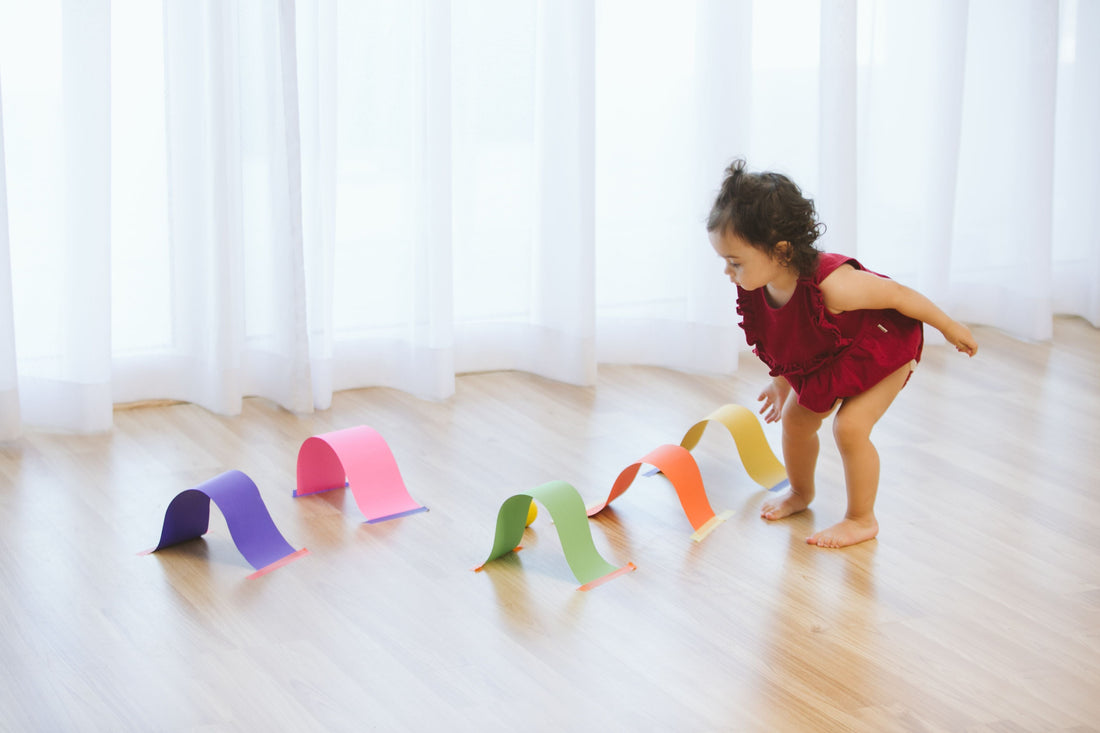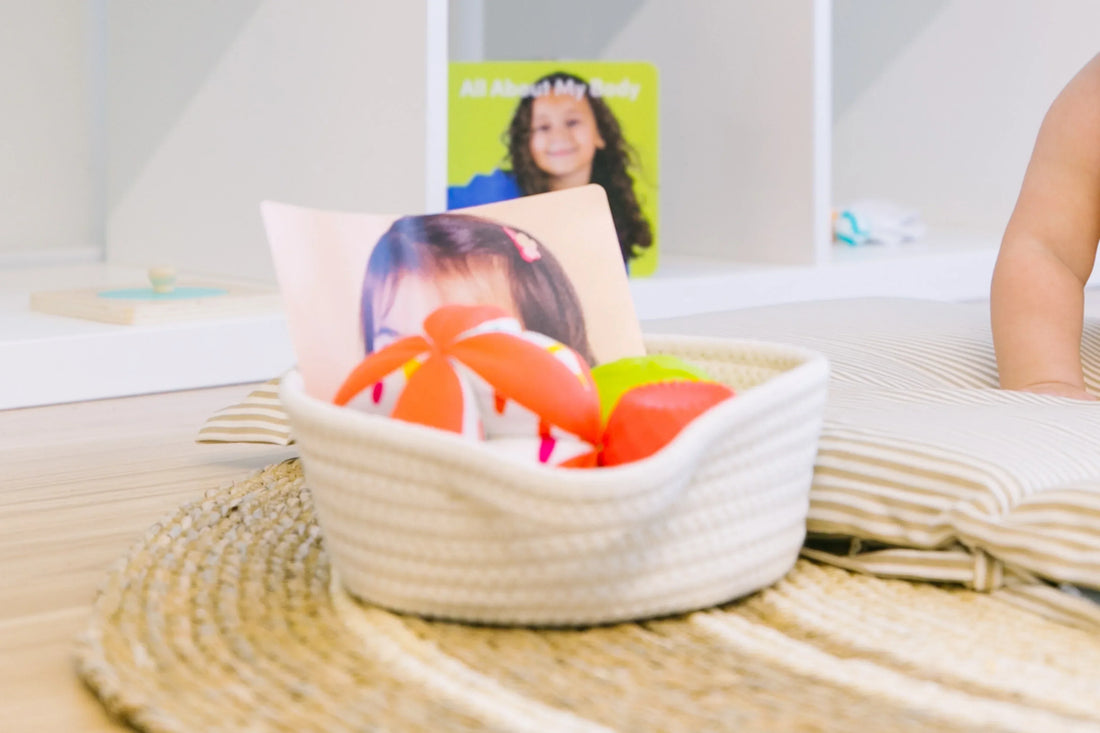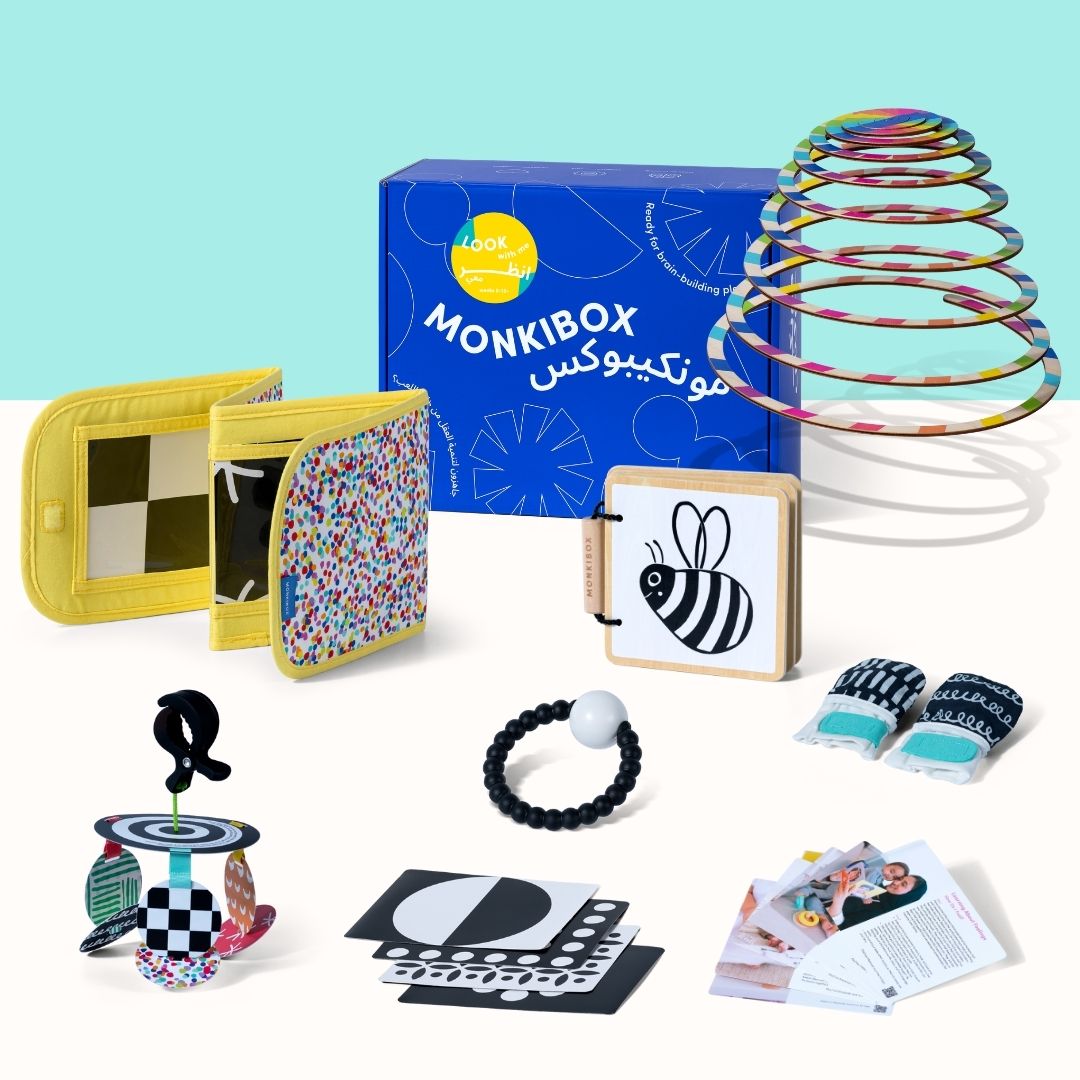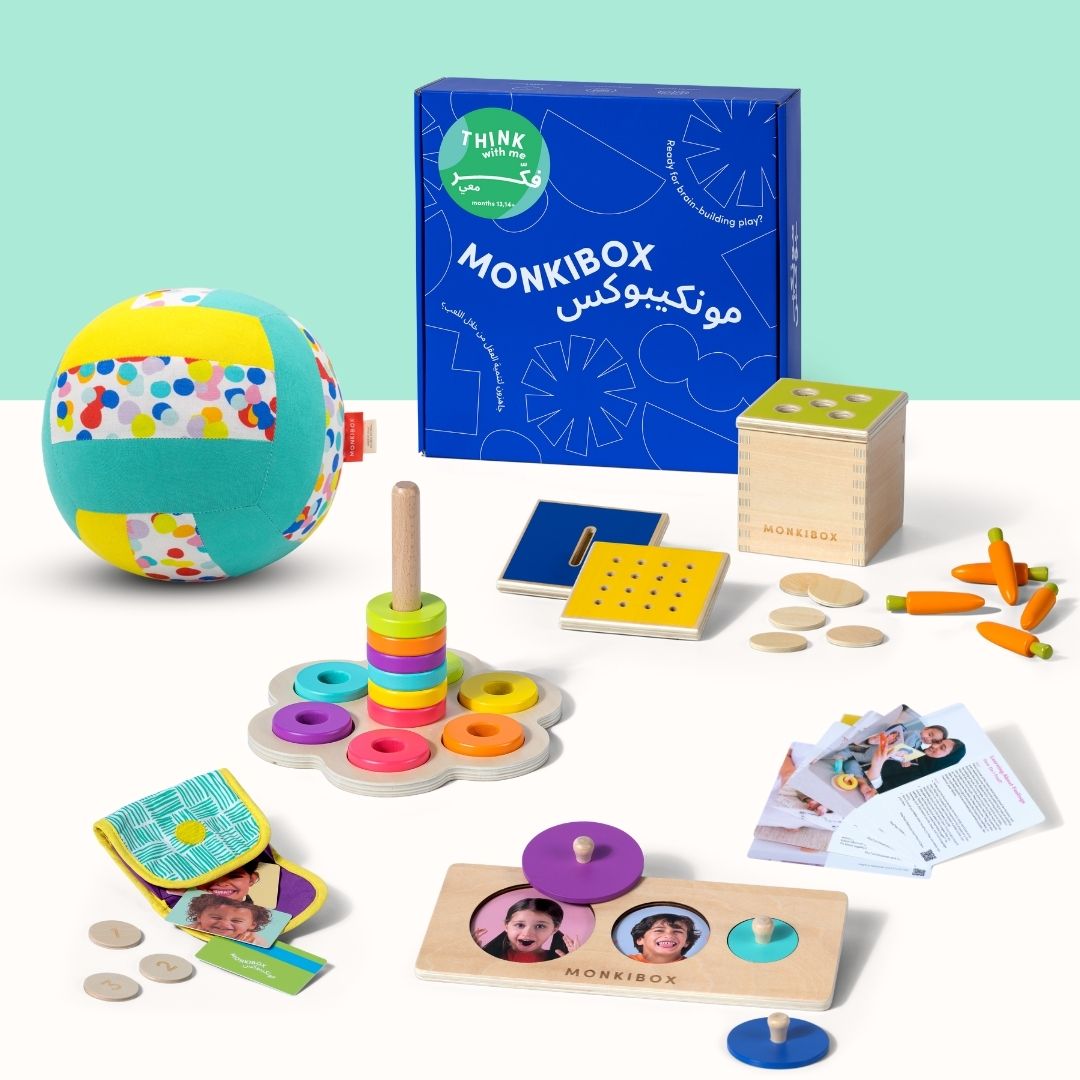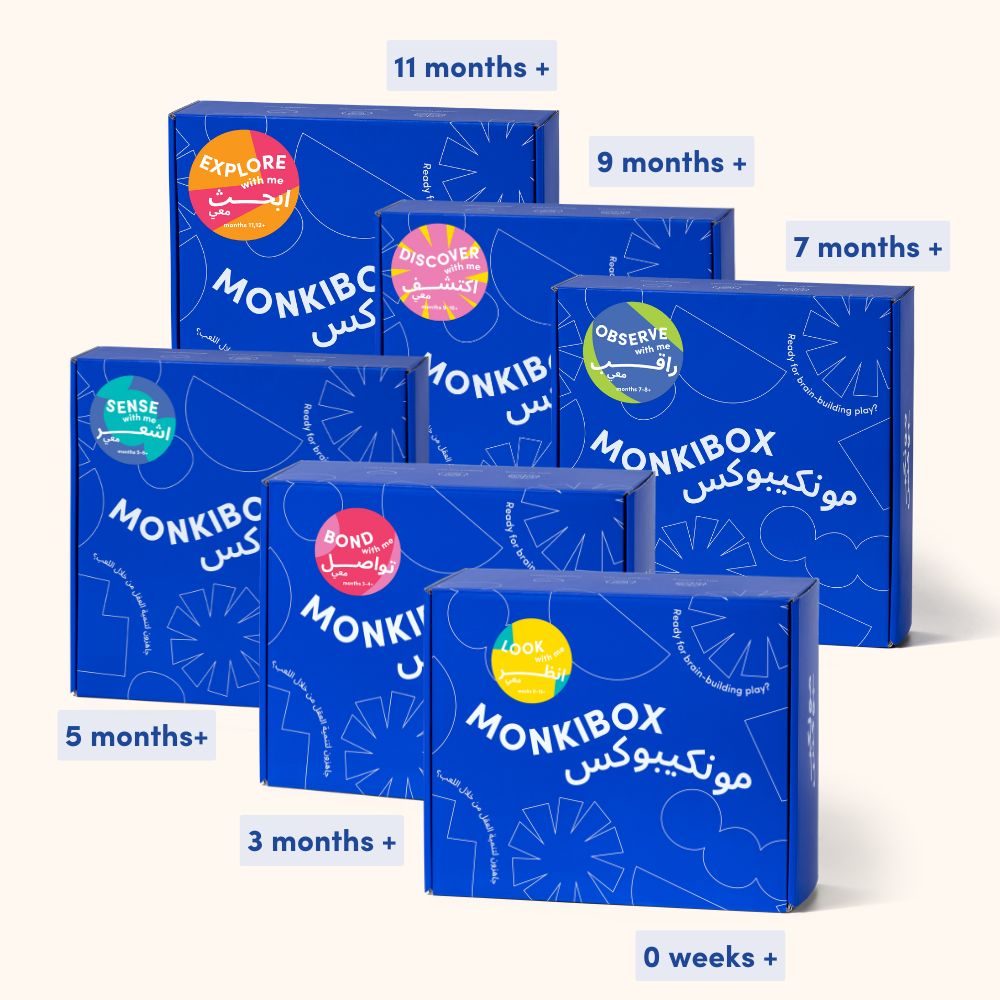تربية الأبناء معي
Why Hand-to-Hand Transfer Is an Underrated but Important Milestone
By around 20 weeks, your baby may be showing off some big moves like rolling over and even sitting up. But there’s another quiet milestone that deserves just as much celebration: hand-to-hand transfer. Around the 5-month mark, your baby starts to realize their hands are not just for waving in the air—they’re tools for action! One of the most telling signs is when they start passing a toy from one hand to the other. This simple act is a huge leap in motor development. Why Do Babies Start Transferring Objects Between Their Hands? This skill signals that your baby is developing coordination across the body’s midline. Crossing the midline is essential for tasks like self feeding, dressing, and later, writing. Transferring objects helps both sides of the brain and body work together—a foundational step in physical and cognitive development. Early Signs of Hand-to-Hand Transfer in Infants: - Bringing both hands together at the center of the body- Reaching for toys using both hands - Bringing objects to the mouth to explore them These movements typically emerge between 4 and 6 months as your baby’s hand-eye coordination and bilateral motor control improve. When Do Babies Begin Transferring Objects Between Hands? Most babies start experimenting with this skill around 5 months and refine it by 7 months. Girls often reach this milestone slightly earlier than boys, according to a 2018 Yale study. So, don’t worry if your baby is taking their time—every child progresses at their own pace. How This Milestone Supports Motor Development: - Encourages coordination between both sides of the body - Boosts spatial awareness and hand-eye coordination - Builds the foundation for everyday actions like using utensils or getting dressed - Promotes planning and purposeful movement Helpful Tools: Try Montessori-inspired toys like interlocking discs. Their shape and motion encourage wrist rotation and midline crossing. Plus, they double as teethers, making playtime both fun and functional. Hand-to-hand transfer may look small, but it plays a big role in preparing your baby for life’s next stages. Start the development journey with MonkiBox. Our Montessori-inspired toys are designed to give your child the best start.
الأسبوع 34: لماذا يجب تعليم طفلك الشرب من كوب مفتوح؟
الشرب من كوب مفتوح إنجازٌ مهم. تعرّف على أهمية هذه المهارة وكيفية مساعدة طفلك على إتقانها.
الأسبوع 85: نشاط اصنعها بنفسك: بوم بوم وأقواس
هل تبحثين عن نشاط بسيط وممتع لطفلكِ الصغير؟ جربي لعبة الكرات الصوفية والأقواس هذه لتطوير المهارات الحركية الكبرى والتنسيق بين اليد والعين.
الأسبوع 59: كيف يمكن للألغاز أن تكون إيجابية لطفلك
اكتشف الفوائد التنموية للألغاز للأطفال الصغار ونصائح الخبراء حول كيفية تقديمها بشكل فعال.
الأسبوع 54: ما هي سلة اللغة ولماذا يجب عليك إنشاء واحدة؟
تعرف على كيفية إنشاء سلة لغة مونتيسوري لتعريف طفلك بمفردات جديدة وتعزيز تطوره اللغوي.
أفضل 10 ألعاب مونتيسوري للعام الأول من عمر الطفل
ساعد طفلك على تحقيق مراحل نموه المعرفية والجسدية والاجتماعية والعاطفية من خلال أفضل 10 ألعاب مونتيسوري للأطفال في السنة الأولى من عمرهم.
ما سبب تفضيل الألعاب الخشبية على الألعاب الأخرى؟
إلى جانب جمالها الأخّاذ، تُقدّم الألعاب الخشبية فوائد مُتنوّعة. تابع القراءة لمعرفة لماذا نُحبّ الألعاب الخشبية للأطفال.
الاسبوع 44 :ما الفوائد التي تعود على طفلك من اللعب بالمكعبات؟
المكعبات ألعاب سحرية يُمكنك الاحتفاظ بها في غرفة اللعب لفترة طويلة. إليك سبعة أسباب تجعل التعرّف المبكر عليها أمرًا قيّمًا.
الاسبوع 40 :مراحل تطور قدرة طفلك على اللعب بالمكعبات والمهارات المكتسبة منها
يُقدّم اللعب بالمكعبات فوائد جمّة للنمو البدني والمعرفي. تعرّف على أهمية اللعب بالمكعبات والمراحل التي يُمكن أن يمرّ بها طفلك.



